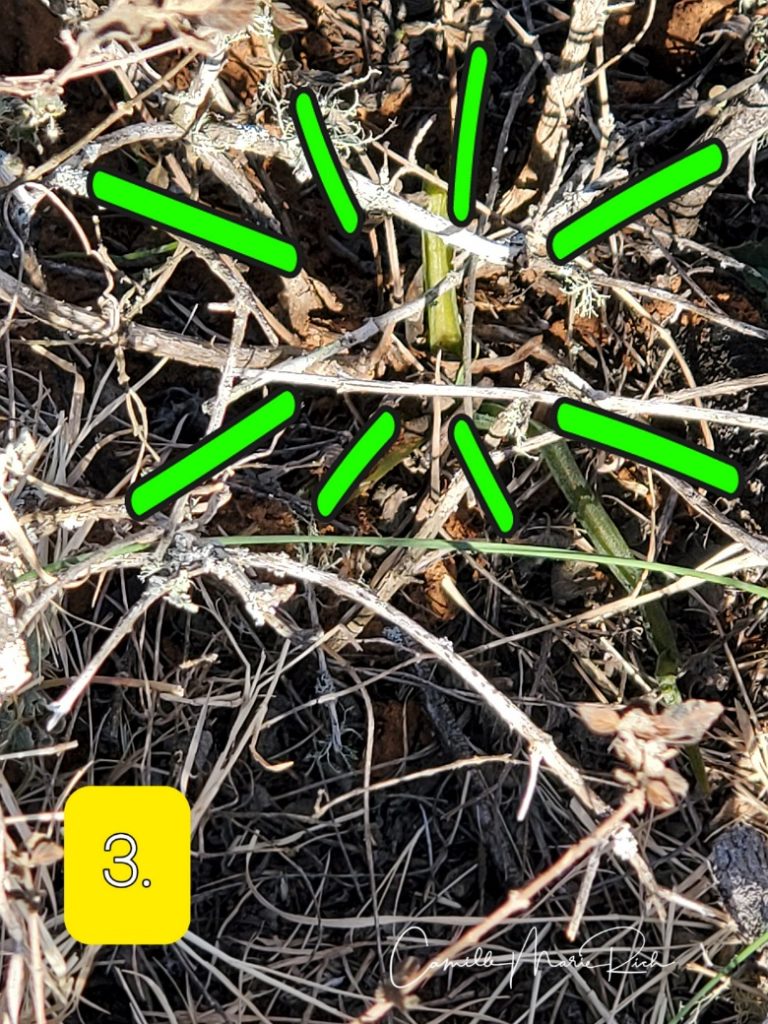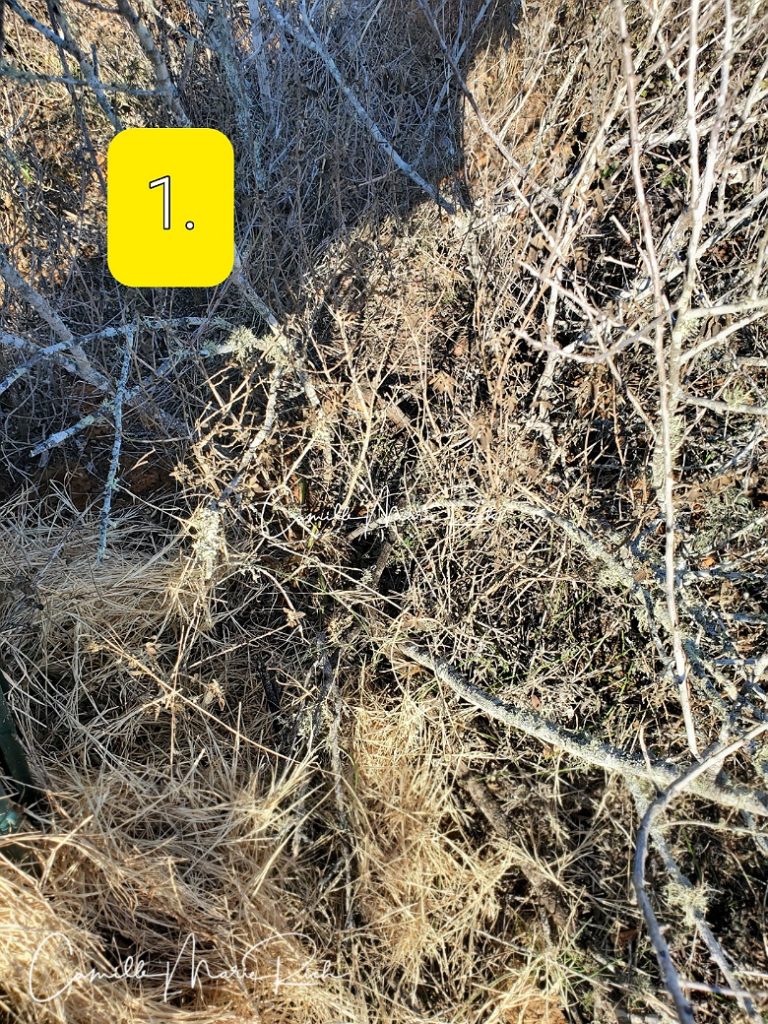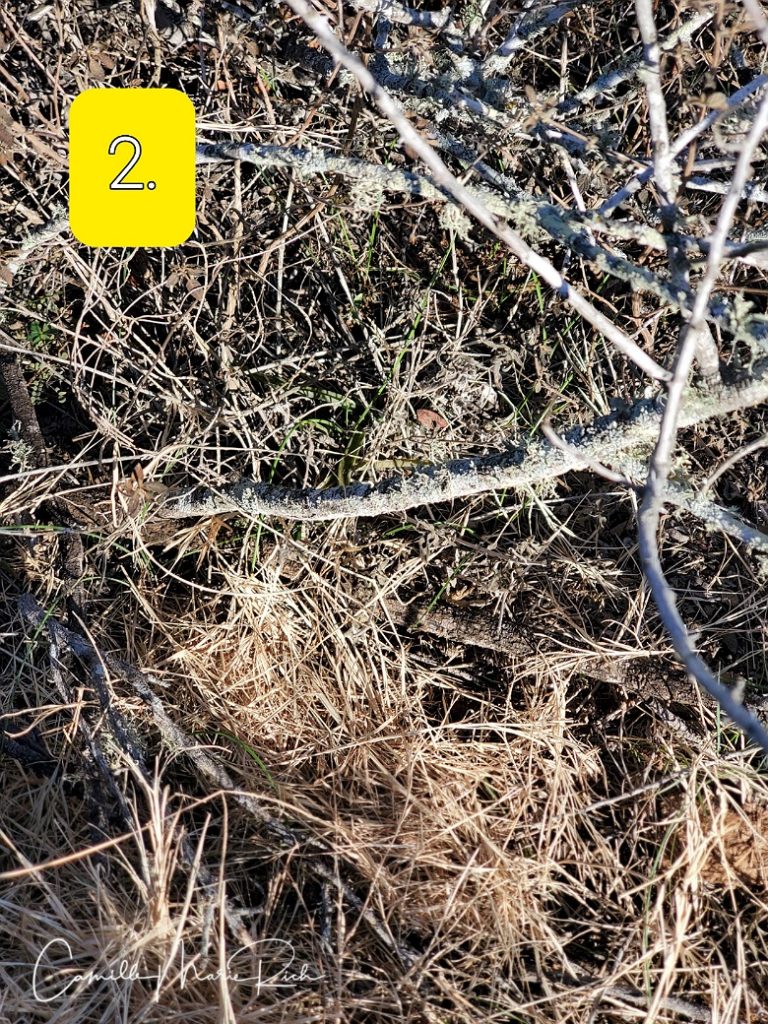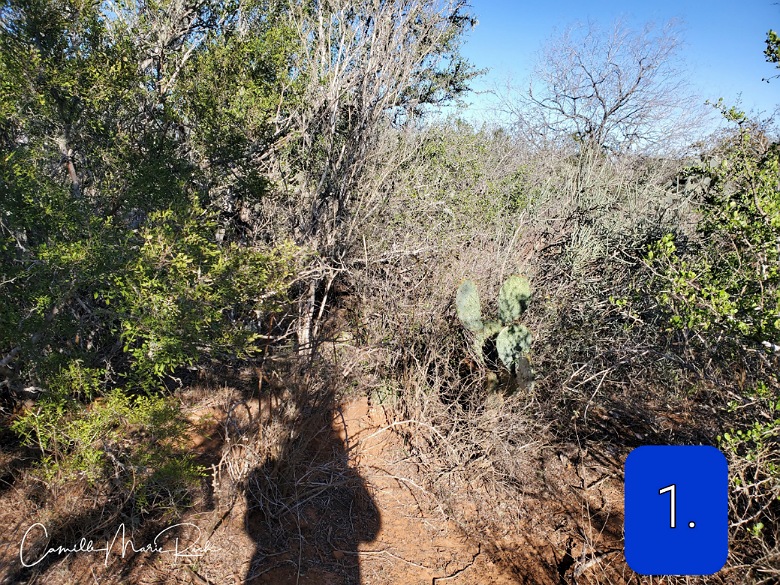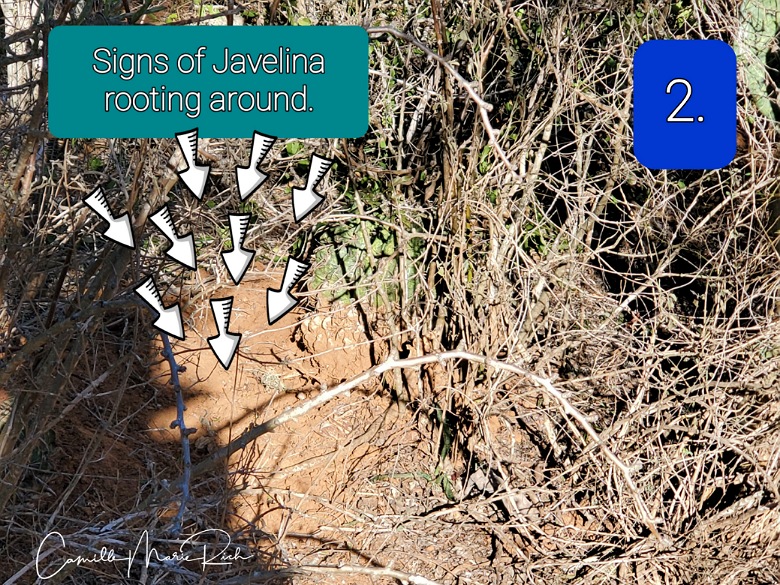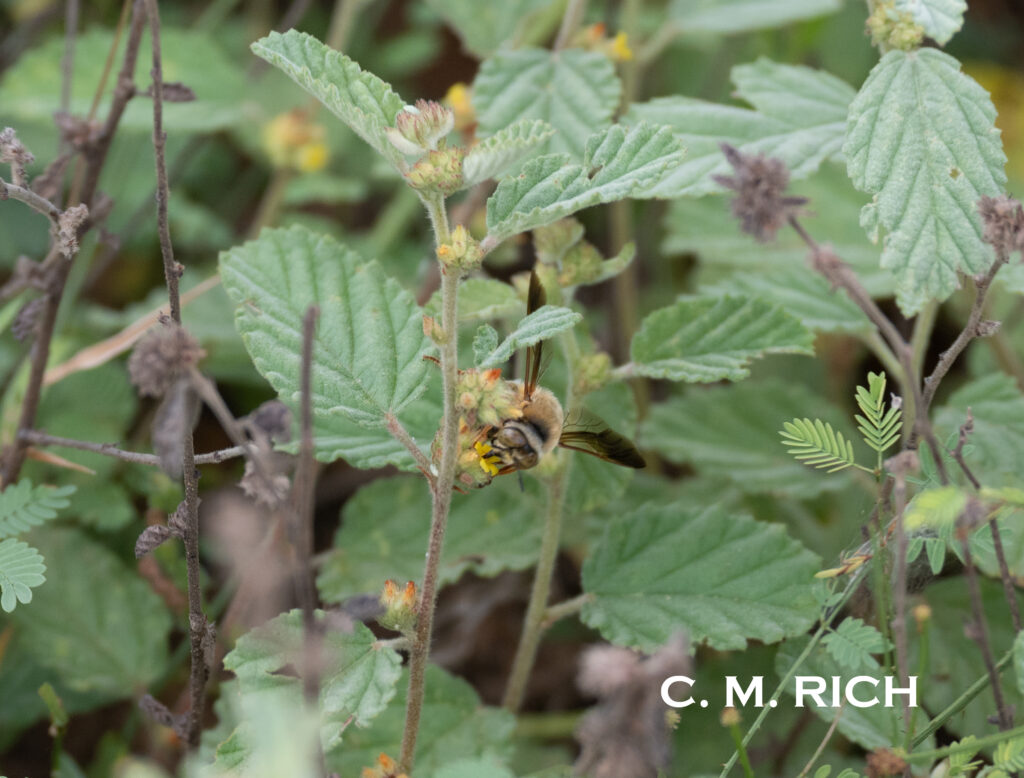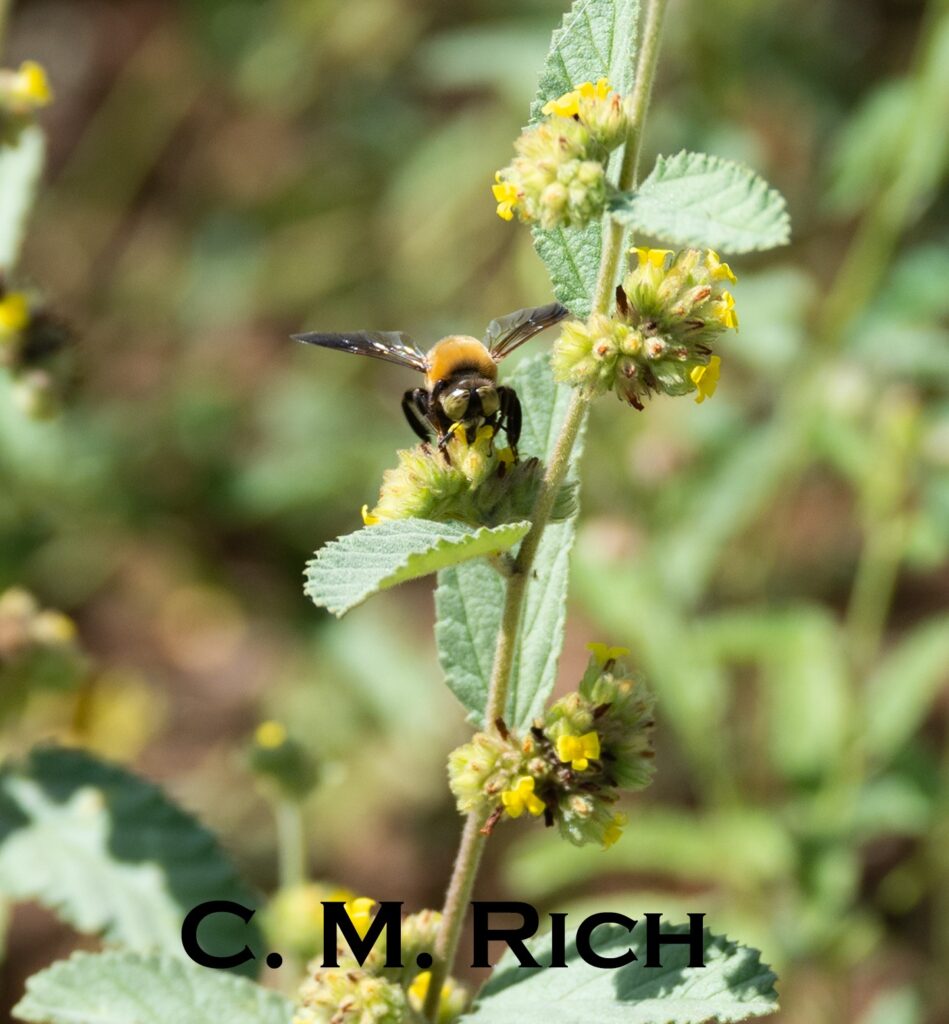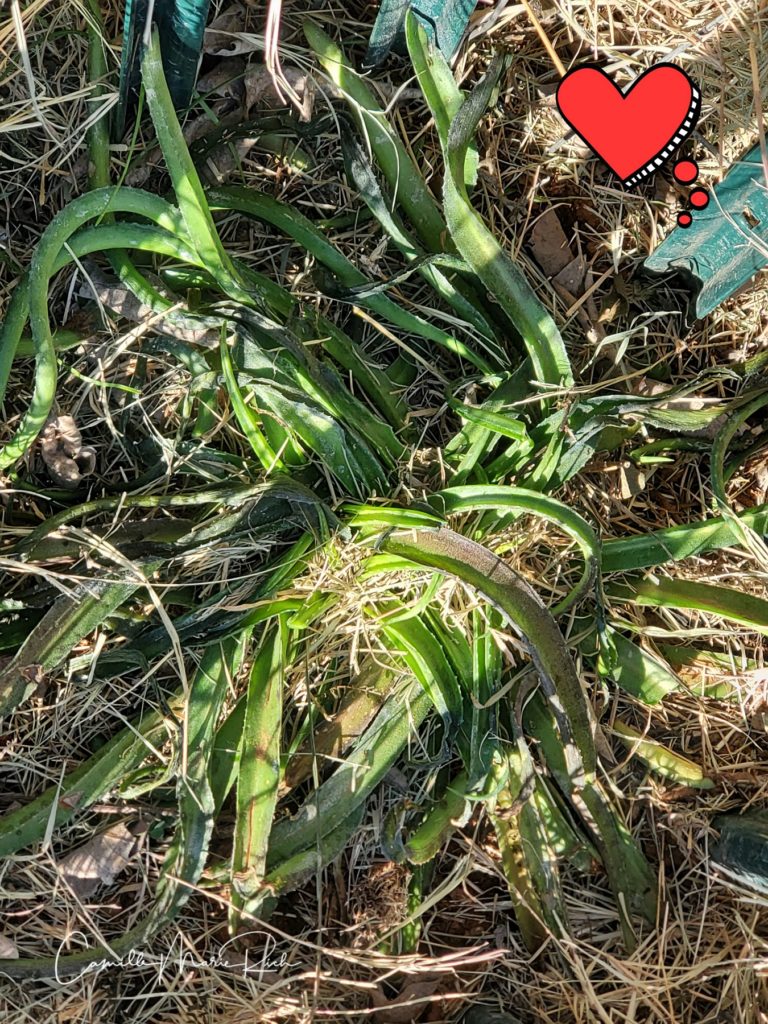
by Camille M. Rich, Texas Master Naturalist
Author Note: The information included in this document is the result of over 20 years of hands-on experience working in and around the Tamaulipan Thornscrub in the South Texas Sand Sheet—specifically at El Mesteño Ranch, located in Puerto Rico, Texas.
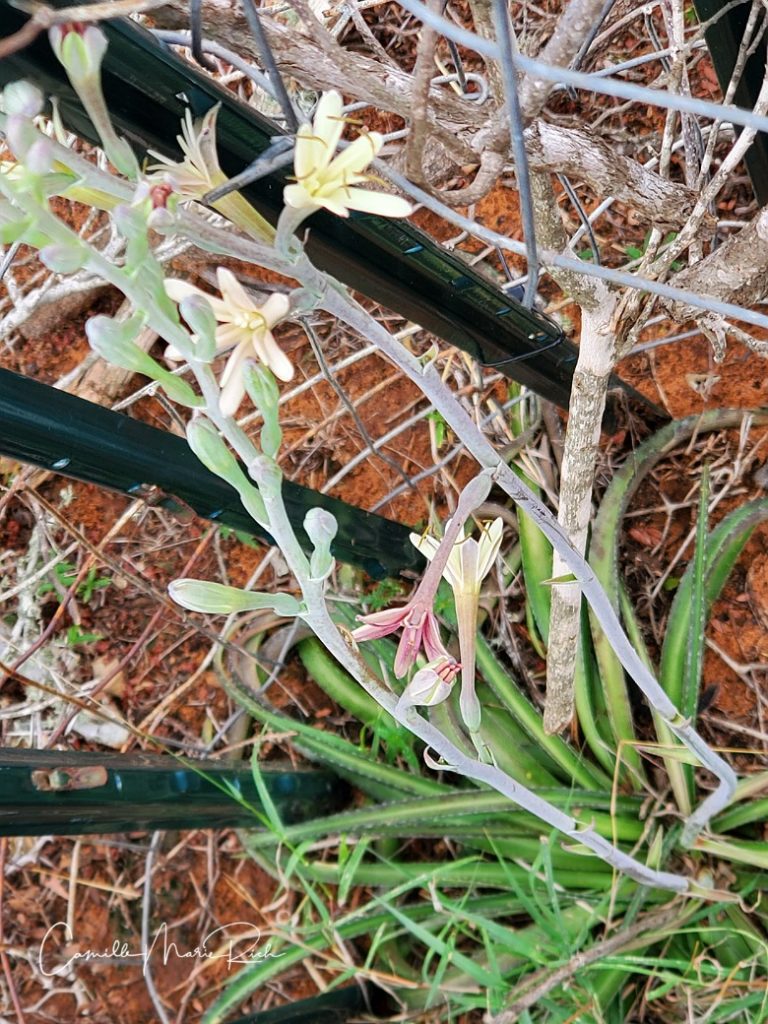
The following tips are very general guidelines that I have put together based on my own experience with Manfreda in its natural habitat. My sincerest desire is that this information will help in the preservation of this exquisite species, as well as the Manfreda Giant-Skipper.

Desiccated Aloe Vera leaves have a similar texture and appearance to Manfreda leaves.
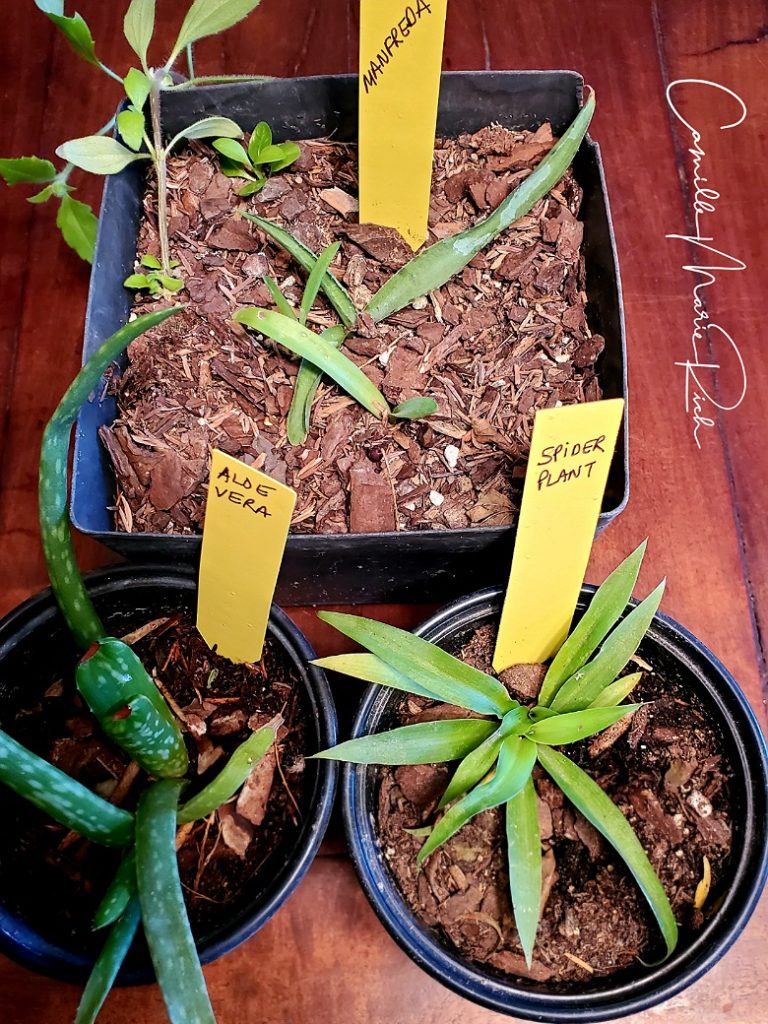
Manfreda usually occur underneath or near other groups of native plant material. I have observed them to grow under or near Texas Prickly Pear, Black Brush, Colima, Coyotillo, Guajillo, Wright’s Catclaw, Shrubby Blue Sage, Horse Crippler, Wild Olive, and Tasajillo, just to name a few.
A good time to look for Manfreda is after a rain. In dry times, the Manfreda can shrink and appear to “disappear” out of sight below the ground. Contrarily, when they get a little bit of rain / moisture, they can seemingly sprout up almost over night. If they are above the ground, and they get a really good rain, they can even seem to double and triple in size over a period of just a couple of days.
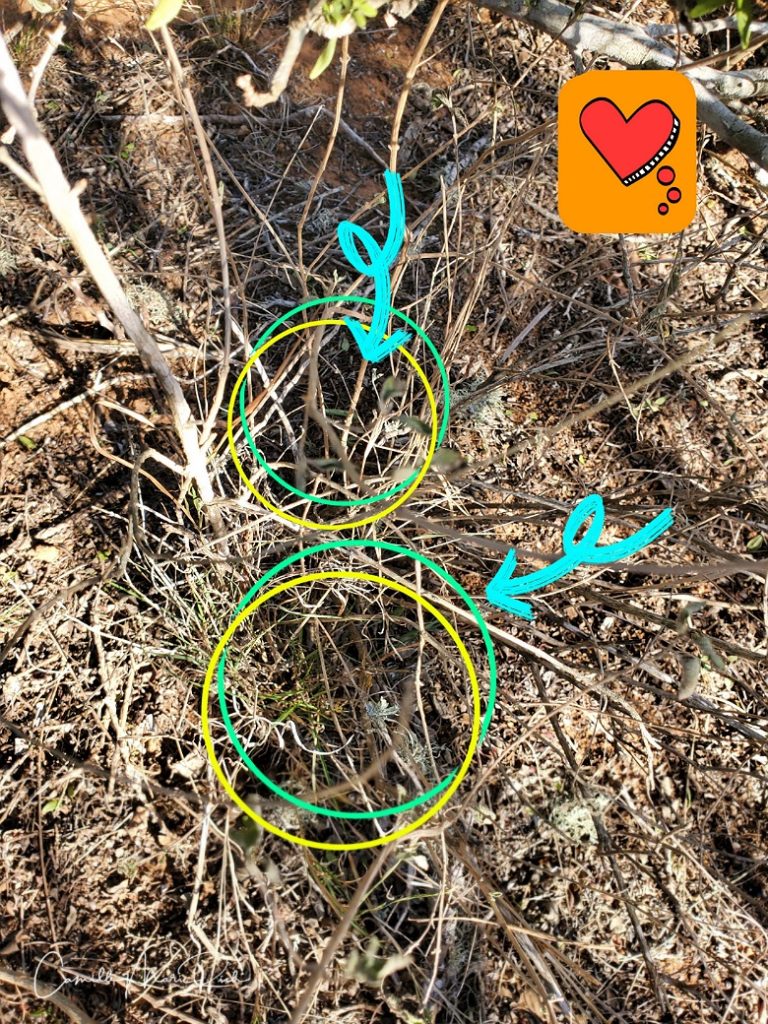
Manfreda are a delicacy, or so it seems, for Javelina. Javelina have been observed to wipe out visible Manfreda populations almost overnight. (Javelina seem to “have a nose” for Manfreda.)
Sometimes, however, Javelina will root around in the general vicinity of Manfreda, but they will not end up eating it. I am not sure why this is; nevertheless, if you look for signs of Javelina, i.e. areas where it looks like the ground has been disturbed, overturned, and dug into, you might find Manfreda.
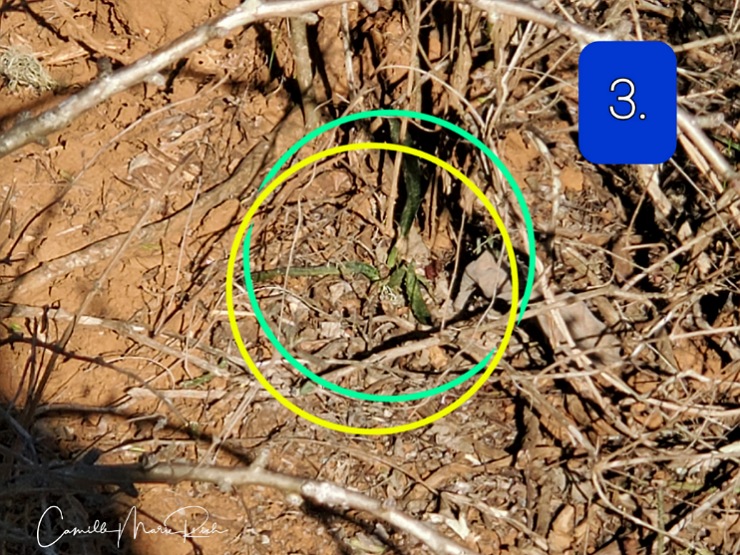
Do not lose hope if you visit a site that has a historical record of a Manfreda population yet you do not initially observe any individuals there. From my personal experience, either due to drought or Javelina predation, or both, you may not initially observe Manfreda at the site. There is, however, a chance that seeds remain in the seed bed for this site. Consequently, it would be prudent to visit the site after any amount of rain.

[I have discovered new Manfreda at sites that I had thought they were gone for good after completing this very exercise of revisiting historic site locations after rain.]

Finally, look for blooms that appear to be suspended in the air. If the Manfreda are nestled under native habitat, one of the things that can announce their presence is the appearance of a lovely cluster of blooms on a stalk that may be anywhere from two (2) to four (4) feet high above the plant.

Manfreda maculosa blooms 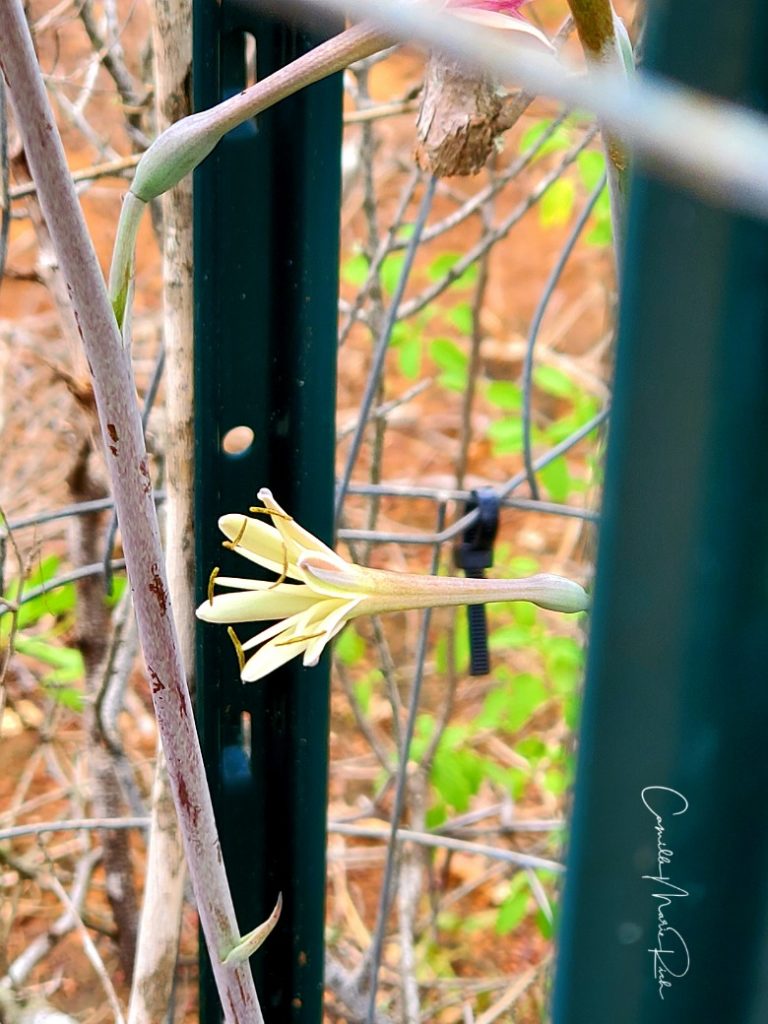
A word about personal safety when out scouting for Manfreda…..
In the Tamaulipan thornscrub, almost all of the flora have thorns. The areas that you may find Manfreda are also popular places for other animals seeking shade, including snakes—-Rattlesnakes.
Based on my experience working in the South Texas Sand Sheet, you may want to consider the following personal safety measures before heading out to survey in the field:
- Collared shirt with long sleeves. Why a collar? When you are in the brush, insects can fall on you from branches overhead, or even shoulder height. Having a collar, or bandana around your neck, can keep these out of your shirt. This includes spiders and ticks. Why long sleeves? Insects and thorns.
- Pants
- Closed-toe shoes
- Walking stick / shovel / or other means to move brush aside as you look for Manfreda. A walking stick or shovel, etc., can become an extension of your arm and keep your hand(s) and arm(s) at a safe distance from dangers that might be present when you are surveying for Manfreda.
- Hat. Many times my hat has saved me from bumping my head on something.
- Glasses / safety goggles. Many times my prescription eyeglasses have kept my eyes from getting inadvertently poked with a piece of plant material as I crouched down for a closer look at a plant
- Snake chaps / snake boots
- Water and snack
- Sunscreen and insect repellent
- A brightly colored article of fabric or clothing. For example, bright orange. Should you get turned around in the habitat you are surveying, this color will help others spot you.
- Let someone know where you will be when surveying. This includes the time you anticipate leaving and returning. Why? Sometimes cell service is sketchy in areas where this plant occurs.
- Please look before you kneel down on the ground to get a better look at a plant. There could be plant material with thorns there.

BEST OF LUCK IN YOUR JOURNEY TO HELP US SAVE THIS NATIVE PLANT SPECIES AND THE BUTTERFLY IT SUPPORTS!

